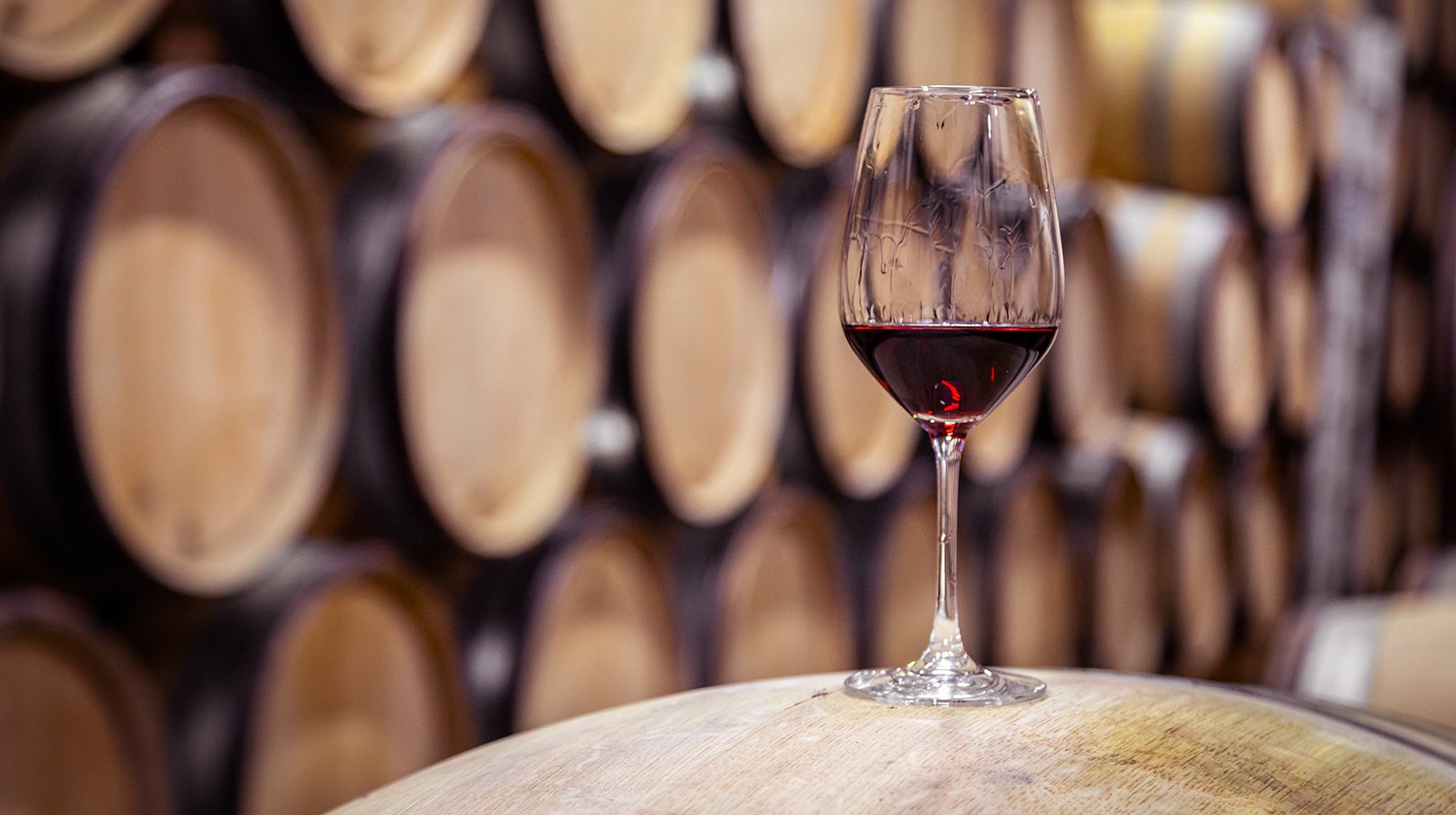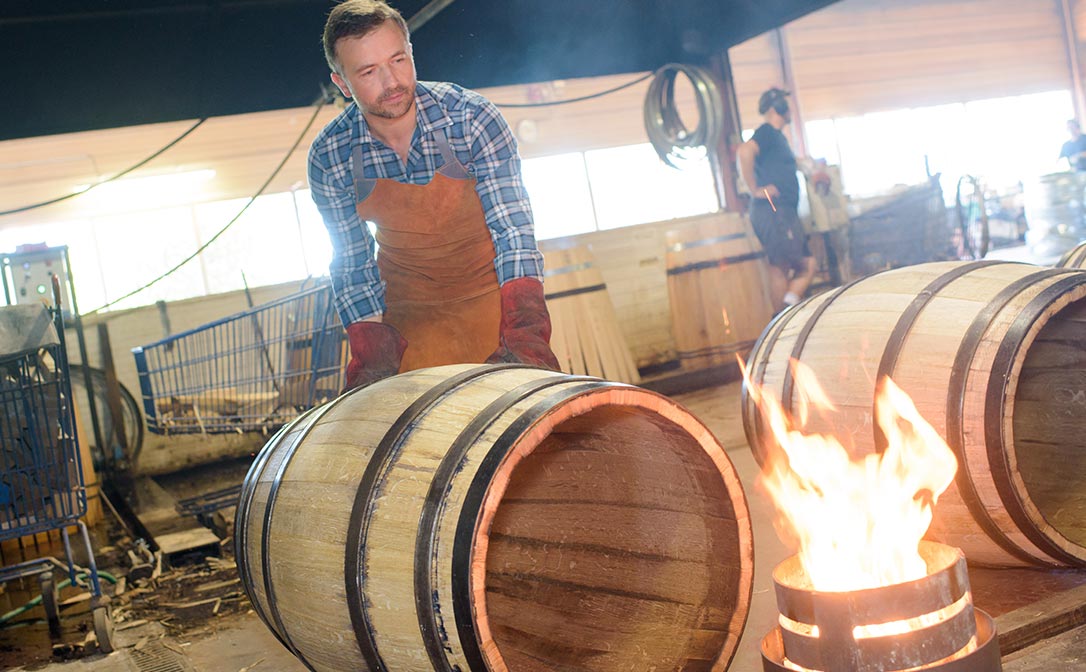One of the most important things that people often want to know about a wine is whether it’s ‘oaky’ or not. But why is oak so famously used in winemaking, and what does it give to the wine?
There has always been a strong relationship between oak and wine. Since Roman times, the wood of the oak tree has been prized for its ability to make strong, water-tight barrels – perfect for the making, storing and transportation of wine.
Nowadays, with other materials at their disposal, the use of oak is a winemaker’s choice, rather than a necessity. It is used to give distinctive aromas and flavours to a wine.
How are barrels made?
The story of how a barrel is made begins in the forests of Europe and North America, where most of the oak used for winemaking comes from. The wood is cut into long pieces called staves and then allowed to dry and harden.
The making of the barrel is a difficult and specialised job, performed by a ‘cooper’. The cooper’s challenge is to bend the hard, straight staves into a rounded barrel shape. Plenty of heat is needed to make the staves pliable.
Newly coopered oak barrels are incredibly expensive, often costing upwards of 1000 Euros. But many winemakers feel that it’s worth the cost, as the flavours that oak gives to a wine really are incredible.
Keen to discover more about the basics of wine characteristics? Our internationally recognised Level 1 Award in Wines will give you the foundation of knowledge to begin your journey in wine.
How does oak affect the flavour of the wine?
The heating of the staves toasts the inside of the barrel, which creates all sorts of interesting flavours. When the barrels are filled, the wine will gradually take on these flavours. The length of time that a wine spends in barrel varies from a few months to few years. Generally speaking, the more time a wine spends in barrel, the more oak flavour it will take on.
The most common flavours you’ll find are baking spices such as vanilla, cinnamon and clove. You may even get a terrific smoky aroma that comes from the heating and charring of the barrel during cooperage.
Examples of oaky wines
There are many wine regions that traditionally use plenty of oak in their winemaking. But on the flip side, there are also regions where the use of oak is quite rare.
If you enjoy spicy reds, look out for wines from Rioja in Spain, where the use of oak is a very traditional part of the winemaking culture. If you see the words Crianza, Reserva or Gran Reserva on the label, you can expect quite strong oaky flavours.
If you appreciate oaky whites, then seek out white wines from the Burgundy region in France. Villages such as Pouilly Fuissé and Meursault produce fantastic oaky whites that are perfect for a treat.
Top tip: Spend a little time reading the label if you’re unsure whether a wine will be oaky. The winemaker may have given you a clue with words like ‘barrel aged’ or ‘Reserva’ or they may have offered a description on the back label to highlight the oaky character of the wine, using words such as ‘spicy’ or ‘toasty.’
Oak characters can be a great addition to a wine, but they aren’t suited to everyone’s palate. It’s important to note that oak doesn’t inherently make a wine better, it just makes it different. If you prefer your wines without oaky flavours, there are plenty of outstanding wines available for you to enjoy that have never seen the inside of a barrel.
Related content



